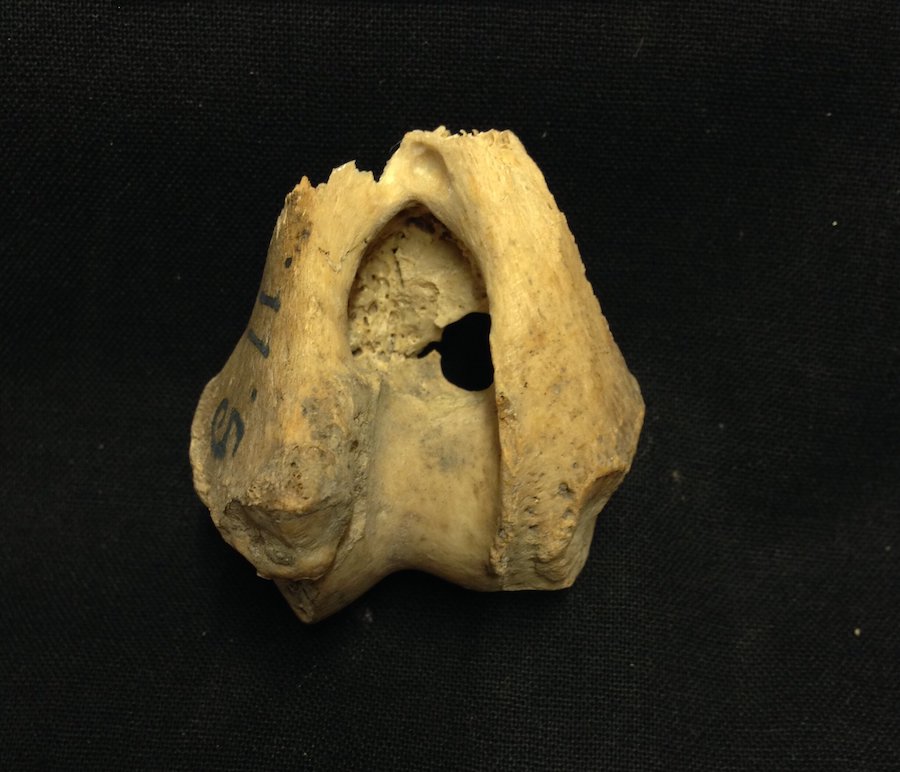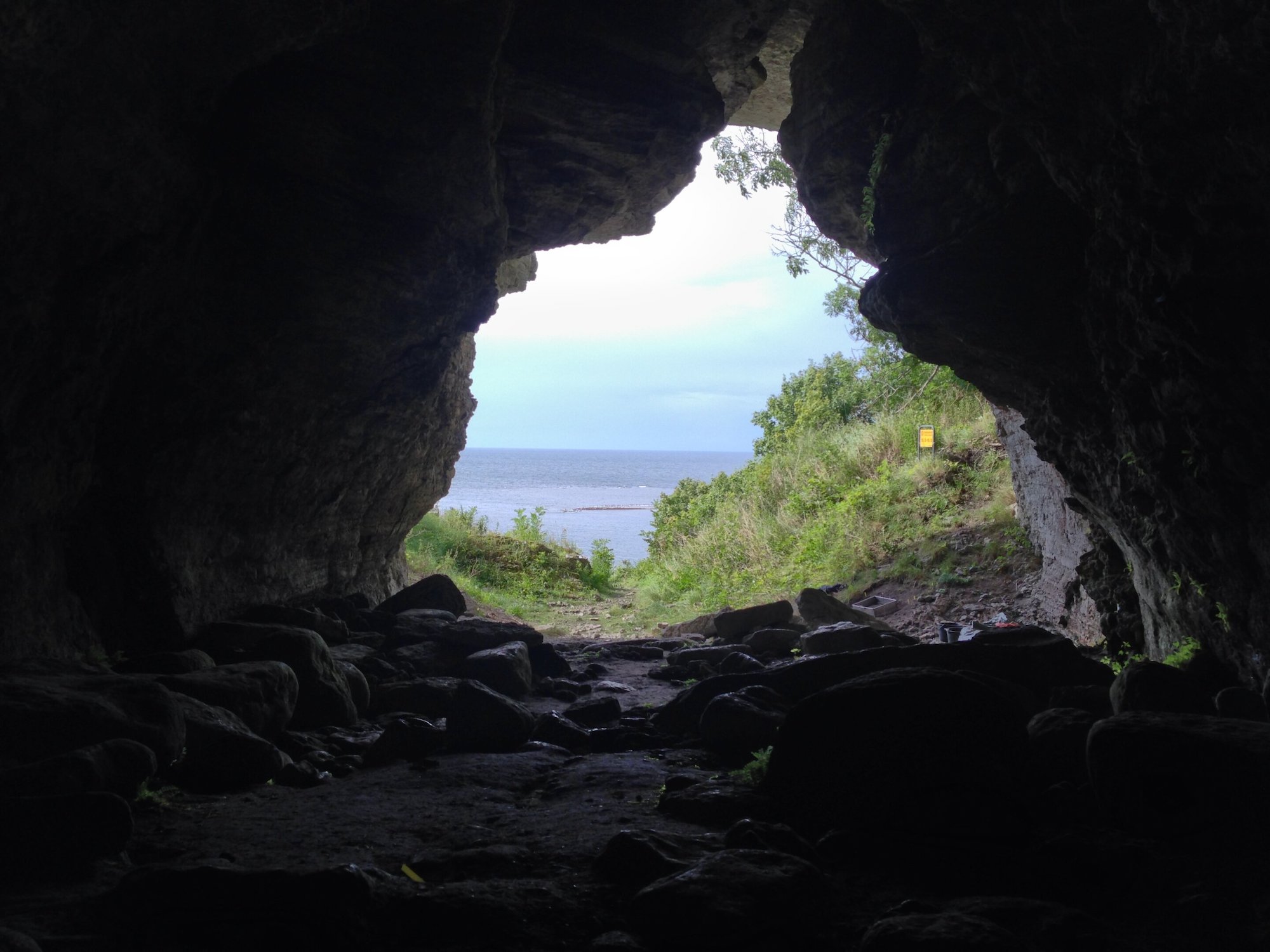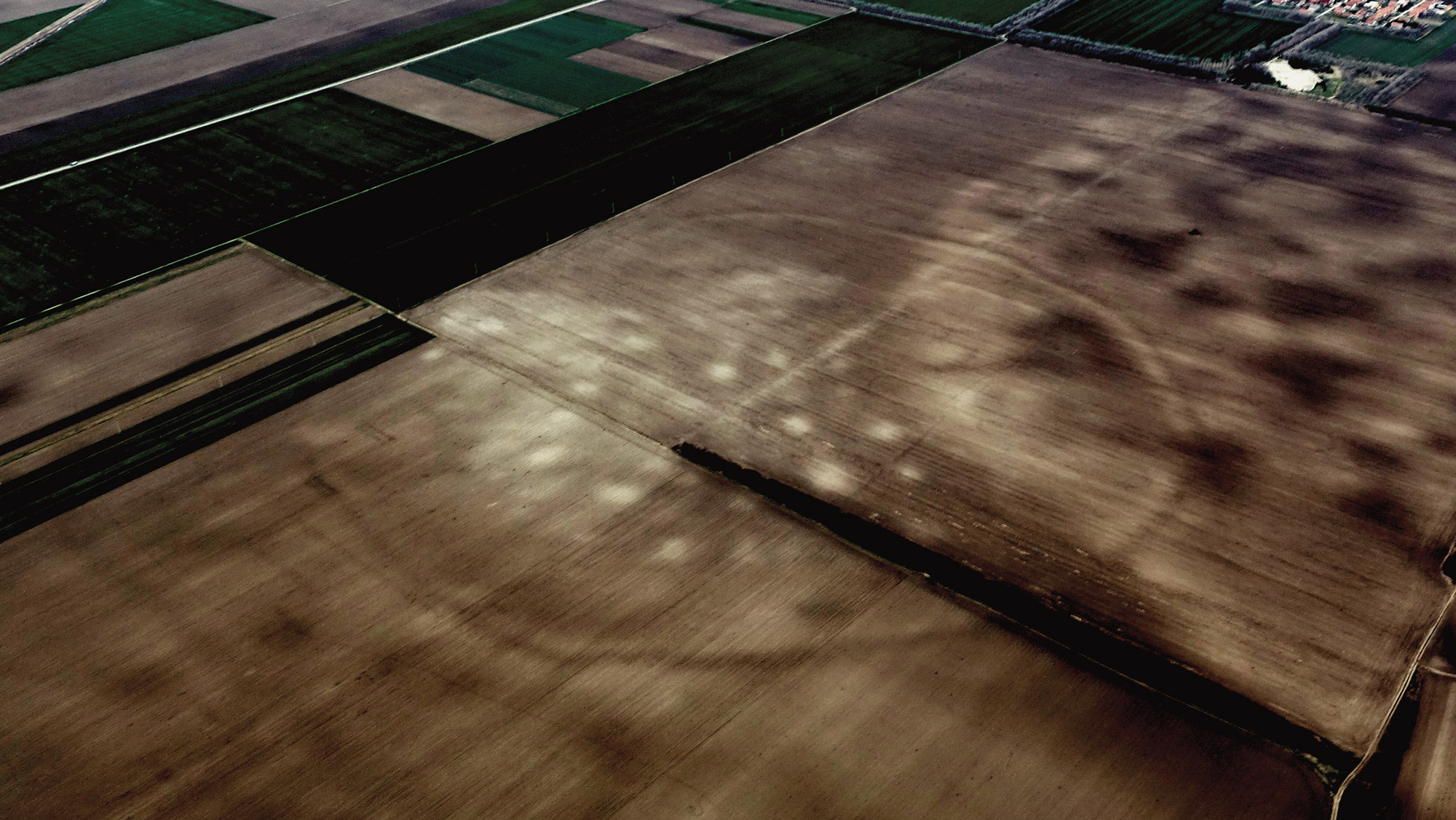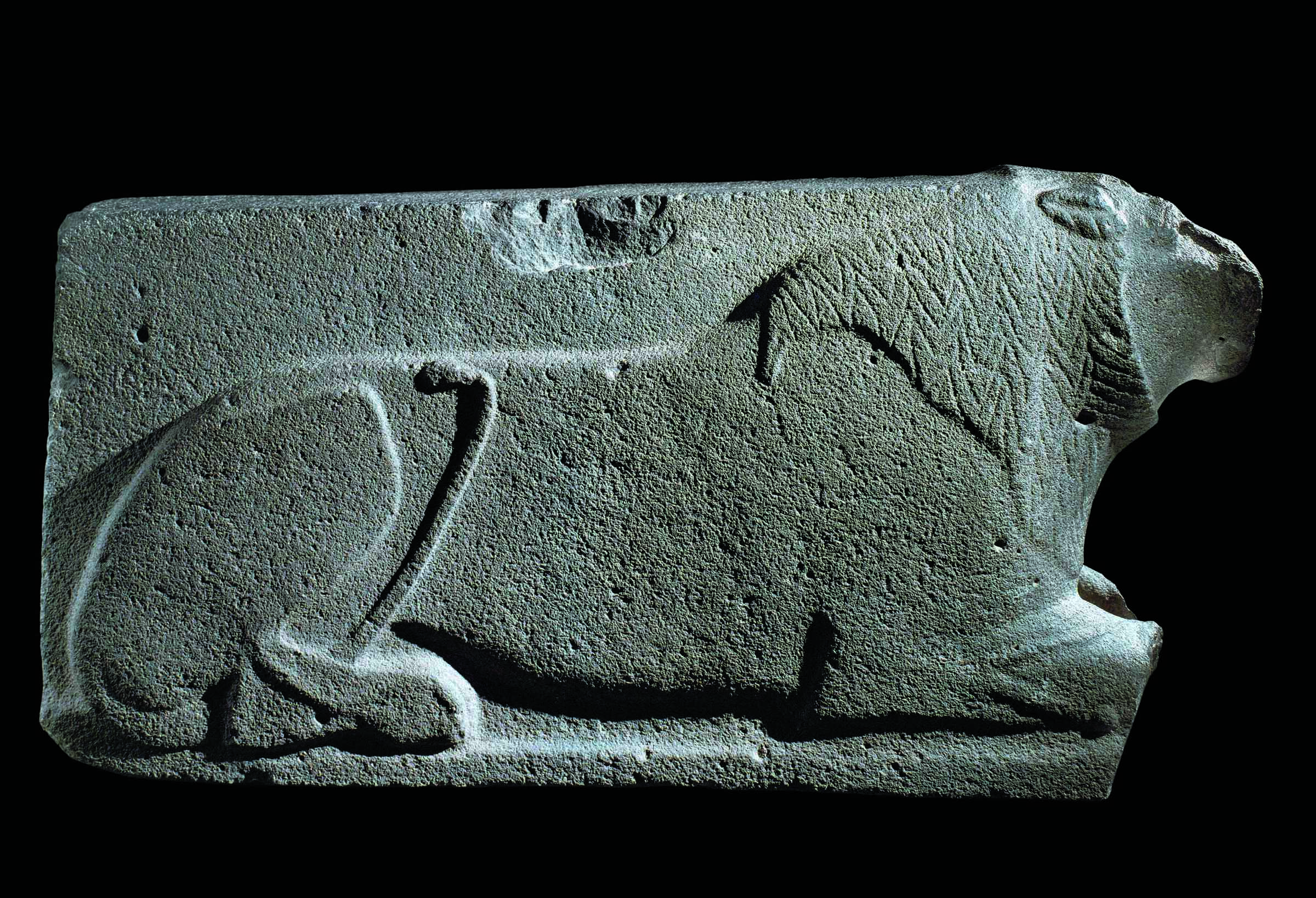
STOCKHOLM, SWEDEN—According to a statement released by Stockholm University, an international team of scientists suggests that people may have transported Eurasian gray wolves to the Swedish island of Stora Karlsö in the Baltic Sea as early as 5,000 years ago. The island, which has no native land mammals, was used by seal hunters and fishers during the Neolithic period and the Bronze Age. Analysis of the remains of two of the canids found no evidence of dog ancestry, but the animals did eat a diet rich in seals and fish, which was likely provided by humans. The wolves were also found to be smaller than typical mainland wolves. One of the animals exhibited low genetic diversity, which can occur through isolation and controlled breeding. Another had a damaged limb bone that would have limited mobility and required special care. Yet it is unclear if the wolves were tamed or kept in captivity, the researchers explained. “This is a provocative case that raises the possibility that in certain environments, humans were able to keep wolves in their settlements, and found value in doing so,” said Pontus Skoglund of the Francis Crick Institute. Read the original scholarly article about this research in Proceedings of the National Academy of Sciences. To read about wolf bones scattered at a Bronze Age site on the Russian steppes, go to "Wolf Rites of Winter."












